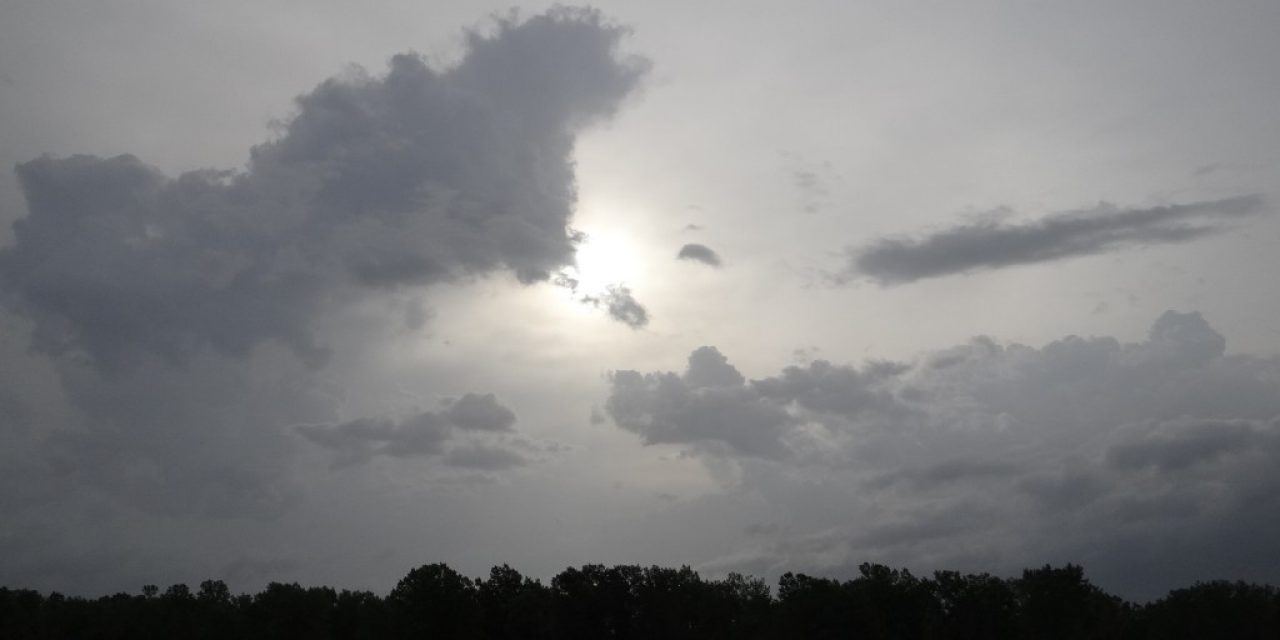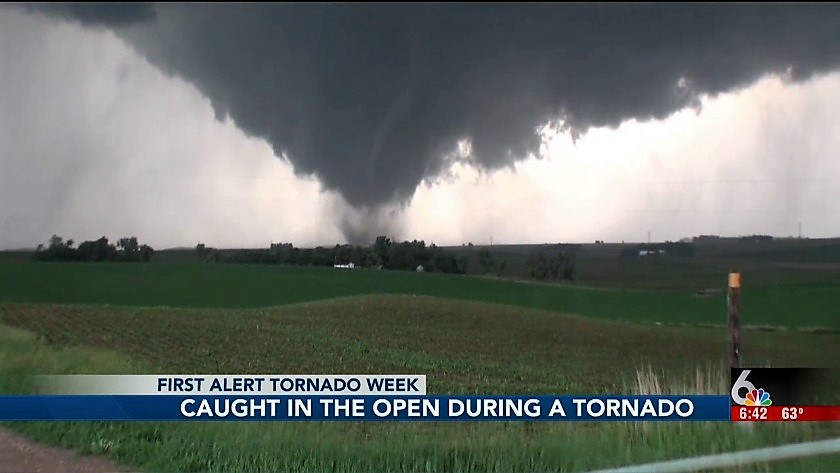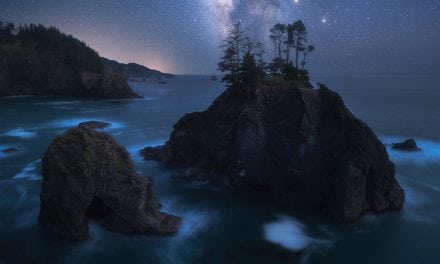It’s the spring and summer storm season in Nebraska.
You’re on a leisurely canoe/camping trip on Nebraska’s Elkhorn River.
It’s a warm, humid spring afternoon.
You’re unloading your canoe where you have permission to camp. Suddenly, you feel a few raindrops splat on your forehead as the sky becomes tumultuous and rapidly begins to darken. Then you hear loud claps of thunder in the distance.
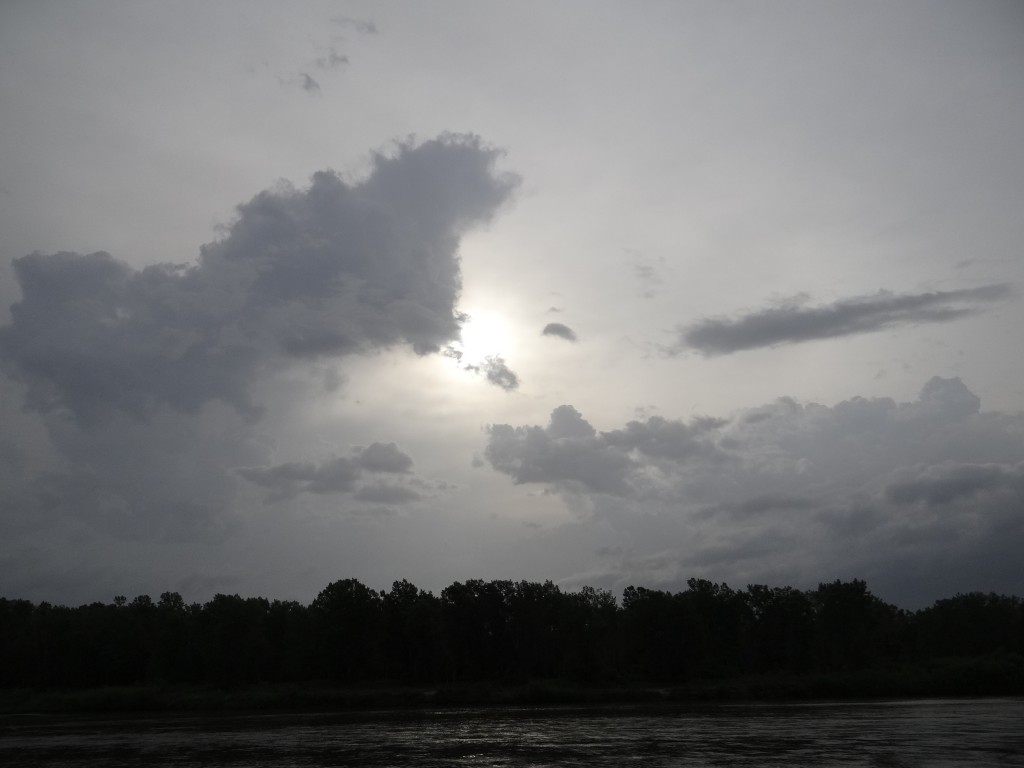
What should you do or not do?
If you find yourself outdoors when a thunderstorm or tornado is nearing, the following tips offer safety measures you can take to reduce your chances of getting seriously injured:
TIP #1. Watch the Weather. While enjoying your outdoor recreational pursuits during spring and summer, you need to always pay attention to ever-changing weather conditions. In addition to “keeping an eye to the sky,” note and monitor the forecast before going fishing, boating, camping, hiking, biking, bird watching or scouting (for fall hunting) and know the weather patterns of the area. Use your wireless mobile device (e.g. Android, iPhone, etc.) or a weather radio for information on the potential for cloud-to-ground lightning strikes as well as weather forecasts, advisories, watches and warnings. Make sure to know your location from the nearest town, plus what county and what portion of that county where you’re located for those weather-related announcements. Additionally, make certain your mobile device has weather apps that are set to alert you to bad weather where you are specifically located, instead of just in your hometown.
Weather can change very quickly in Nebraska, so always be mindful of the clouds, especially those to the west and south. A briskly dimming sky filled with dark, roiling clouds is a signal to seek shelter. Dark underbellies, changing winds, and a scent of rain all indicate inclement weather. Many storms hit in the evening and at night.
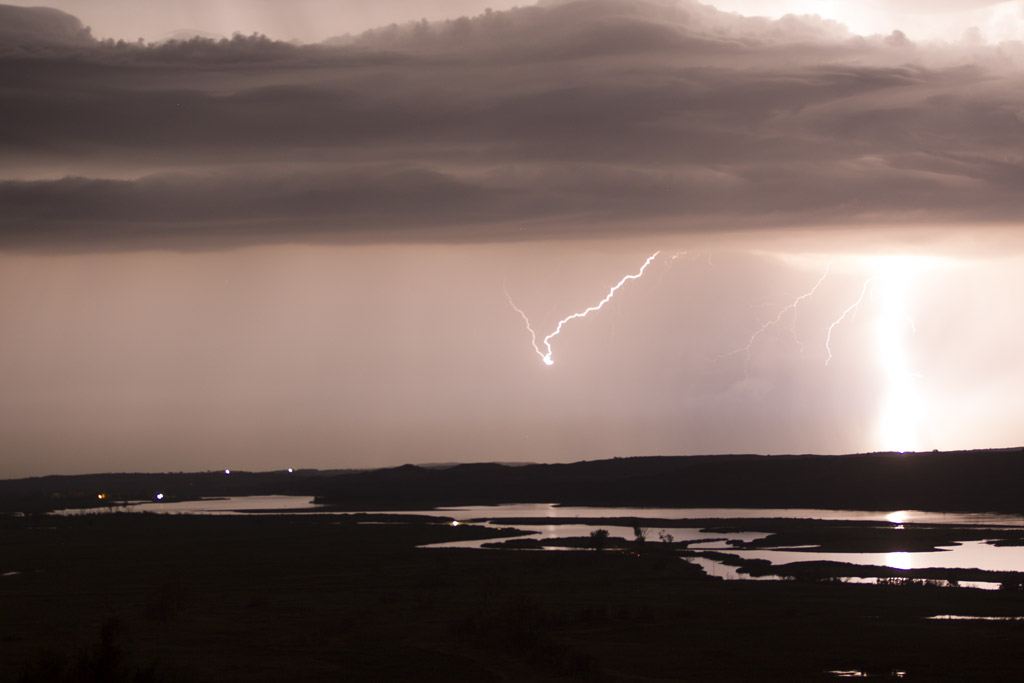
Keep in mind that the most obvious sign of a lightning storm is thunder. Lightning causes thunder! Energy from a lightning channel heats the air to around 18,000 degrees Fahrenheit. This causes the air to rapidly expand, creating a sound wave known as thunder. Even if there is blue sky above, lightning can travel up to 10 miles or more horizontally before striking the ground. These bolts from the blue” are often the most deadly as they carry a greater electrical charge.
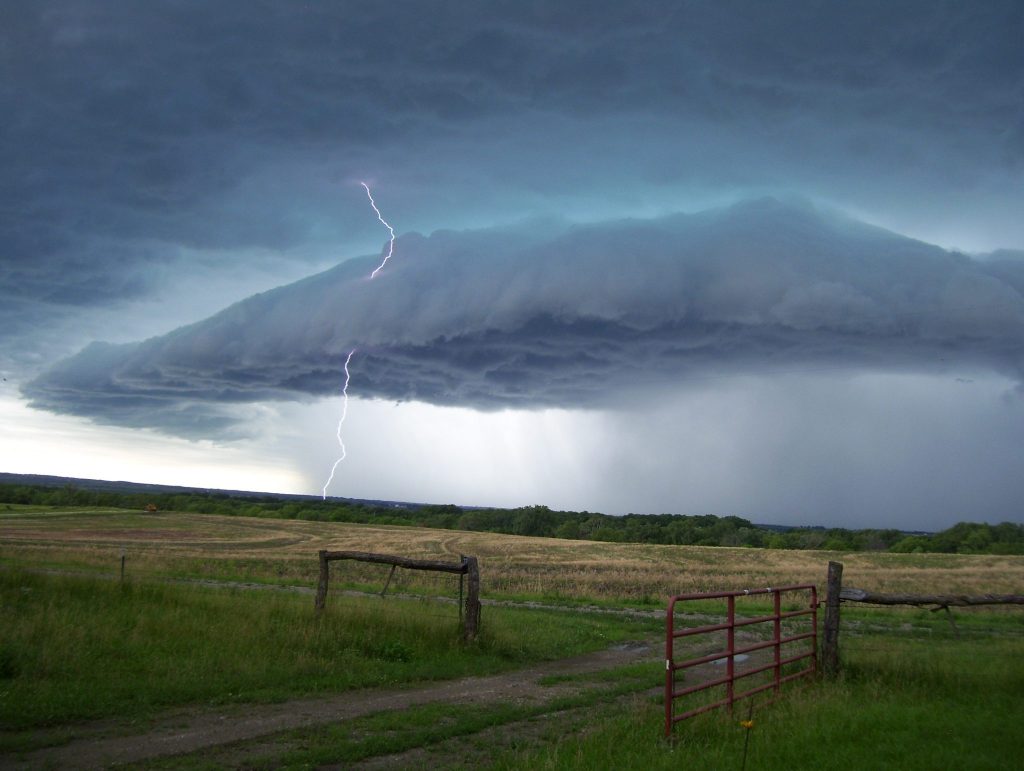
Remember, if you can hear thunder, you are close enough to be hit by lightning!
TIP #2. Areas to Avoid. Exposed areas should be avoided for outdoor recreation when the threat of bad weather is in the forecast during the spring and summer storm season. That means to stay away from hill tops, summits, ridges and large meadows when choosing a campsite or picnic spot. Also steer clear of any areas where there are tall or isolated trees.
Gulches, dry stream beds or other low-lying settings that are prone to flash flooding also are less than ideal to use for your outdoor recreation. Be aware that heavy rain upstream can cause flash flooding of low lying areas, even if it is not raining in your particular location.
TIP #3. Tornado or Severe Weather Incoming! Where to Go? When storms roll in, you want to seek a safe, sturdy shelter, right when you hear the first rumbles of thunder.
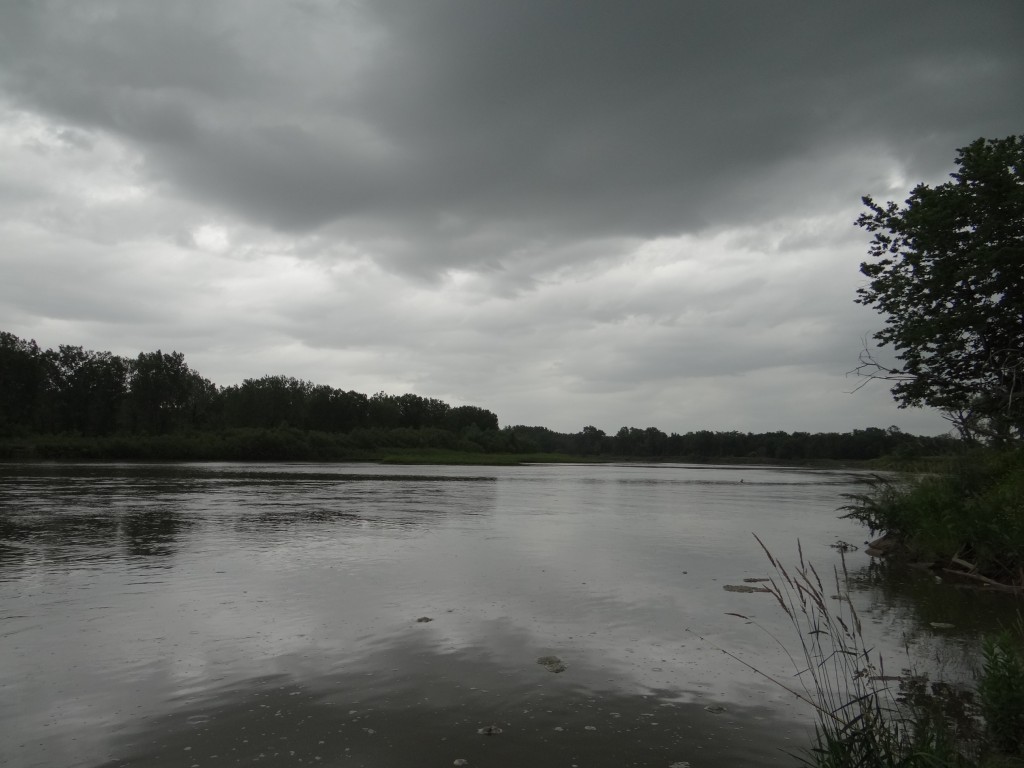
The lowest level of an enclosed building is your best option.
In the event of an approaching tornado or a tornado warning in a state park land or wildlife management area, be prepared to take shelter quickly in a ravine or a similar land feature. The key is to be much lower than ground level and cover up with a blanket or sleeping bag. Flash flooding is normally not an issue with fast-moving tornado activity.
In some Nebraska state parks and recreation areas, concrete shower house/restroom facilities in modern campgrounds can be sought for quick shelter or a wind block if you cannot get inside. If you are staying in a cabin with closets or an inside hallway take shelter in those places on the lower or main levels. At Mahoney and Platte River State Parks, if available, go to the lower levels of the lodges. Worst case scenario, head to your vehicle (windows up, seat belts buckled and cover your head and arms with a blanket or coat). Don’t forget that hail often occurs during severe thunderstorms so keep away or shield yourselves from windows. You should not venture back into open areas until 30 minutes after you stop hearing thunderclaps.
Never get under an overpass or bridge, by the way! Tornado wind speeds can sometimes exceed 200 mph! The narrow passage underneath an overpass could cause an increase in the wind speed under the bridge. These destructive winds produce airborne debris that are blown into and channeled under the overpass where people might be seeking shelter.
TIP #4. Minimizing a Lighting Strike. If you are outdoors and feel your hair stand on end (an indication that lightning is about to strike), do not lie flat on the ground, as your fully extended body will provide a larger surface to conduct electricity. Instead, squat low to the ground and place your hands over your ears and your head between your knees. The goal is to make you the smallest target possible and minimize contact with the ground.
When camping, kneel or squat on a dry rubber sleeping pad with your feet close together if a lightning strike appears imminent and there is no time to seek safe shelter. Each member of your camping party should maintain a distance of at least 15 feet from one another to prevent lightning from traveling between persons.
You can get more details on how to stay safe outdoors during a spring or summer thunderstorm or tornado by viewing an informative video news story done by Omaha’s WOWT 6 News. Click the image to get to the video.
A special thank you to David Koeller, experienced WOWT 6 News Meteorologist, for providing information and critique of this blog post.
Be safe!
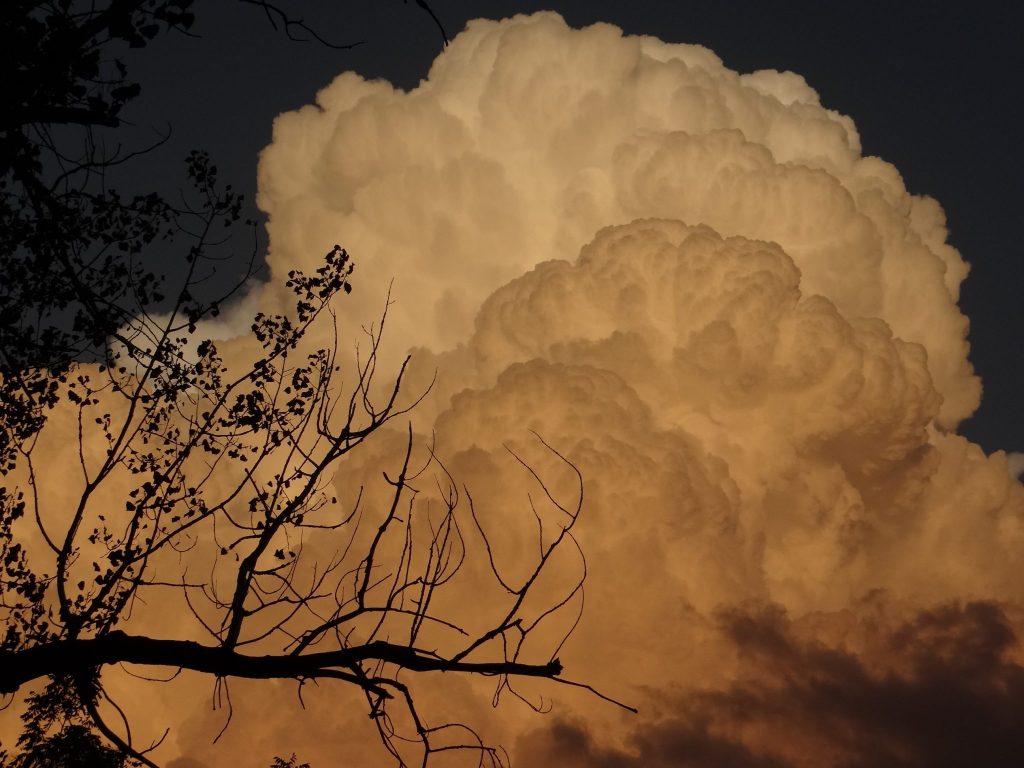
The post Outdoors in a Thunderstorm or Tornado: What Should You Do or Not Do? appeared first on Nebraskaland Magazine.

